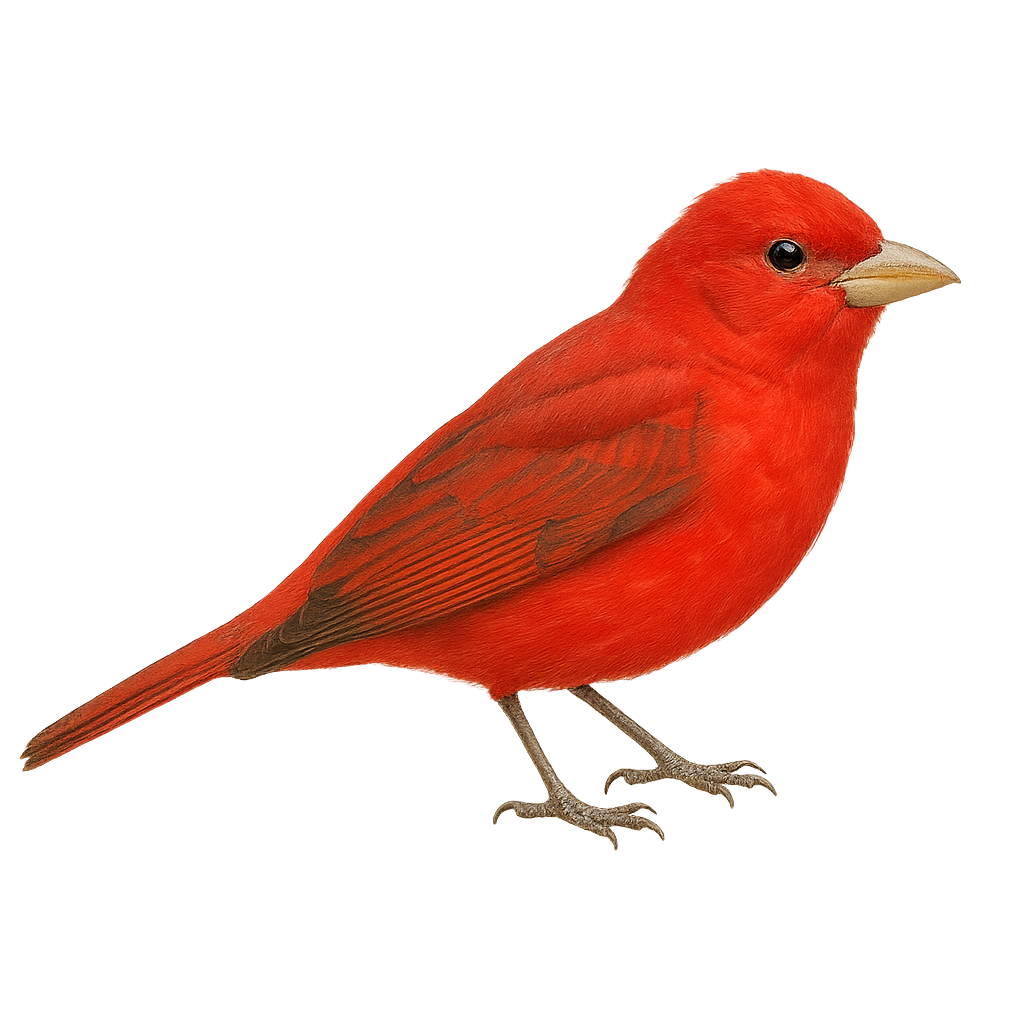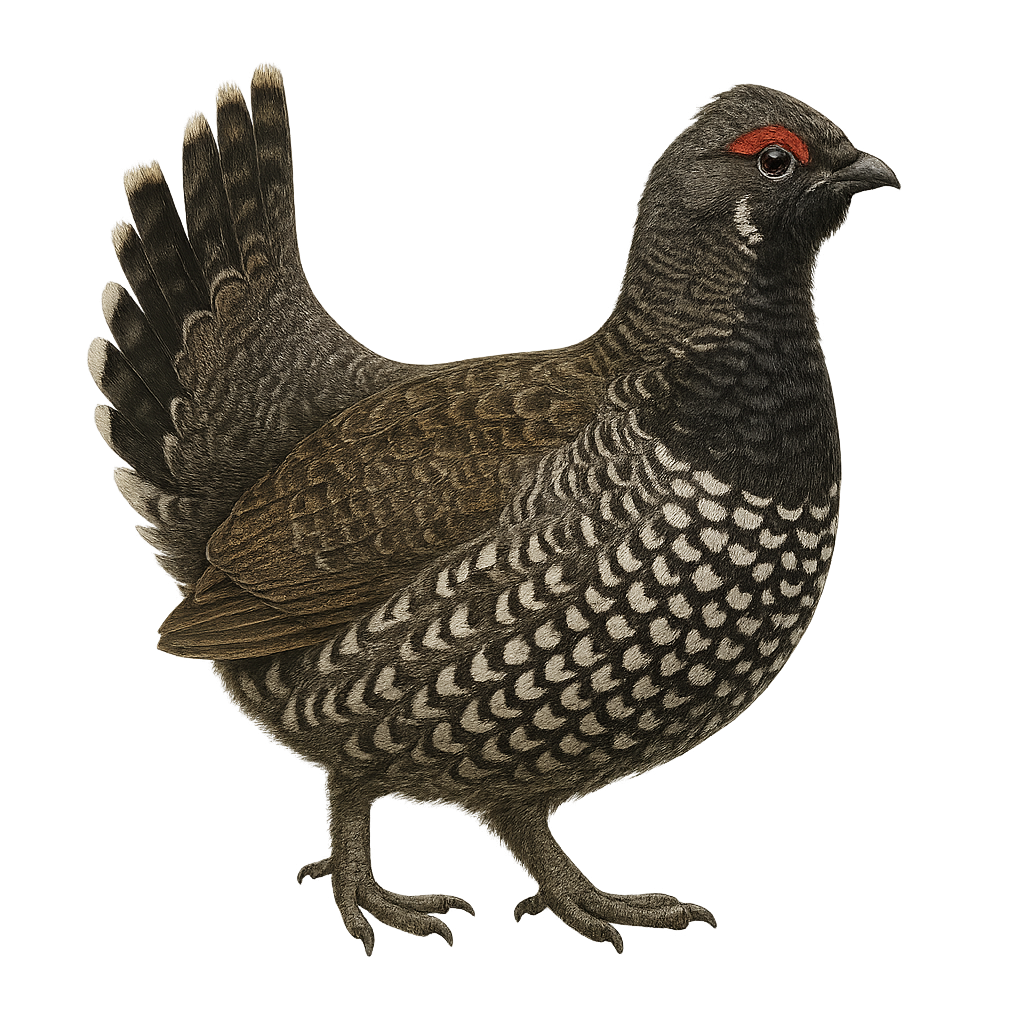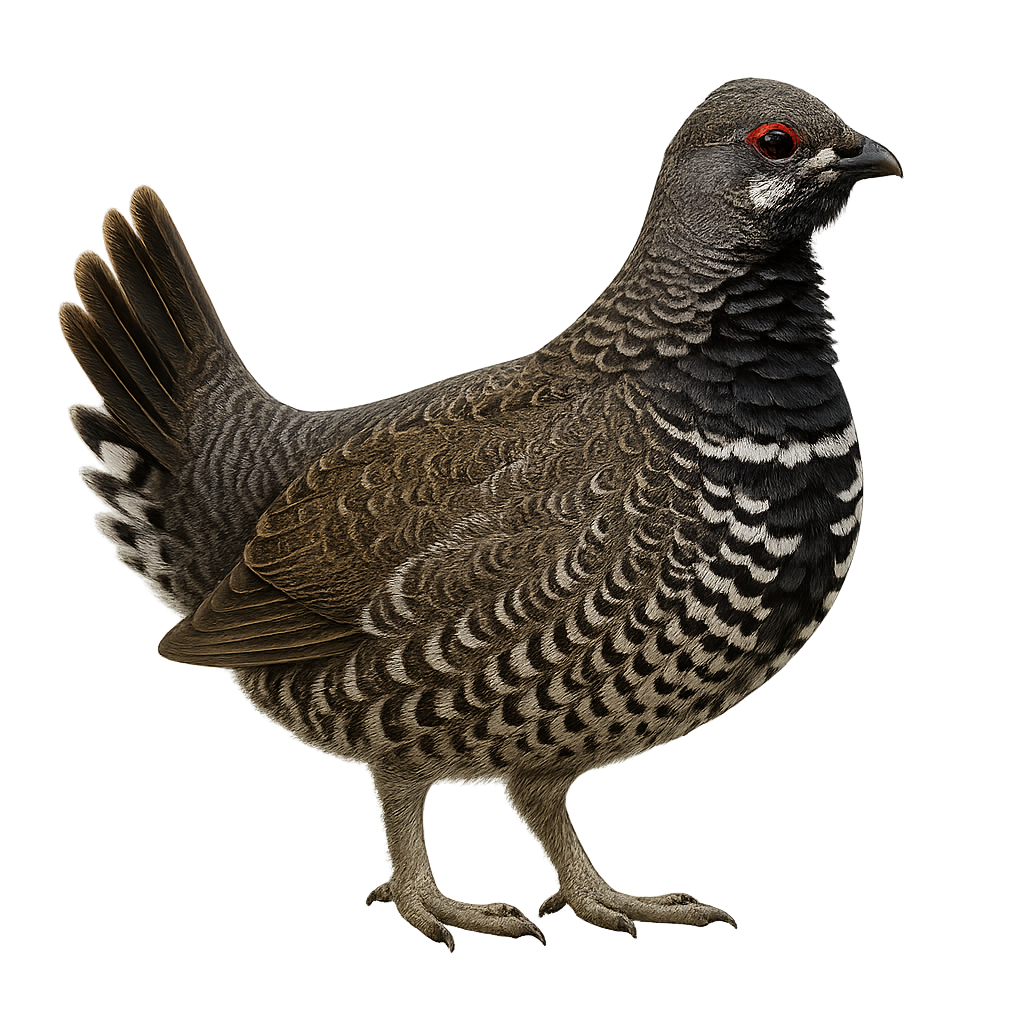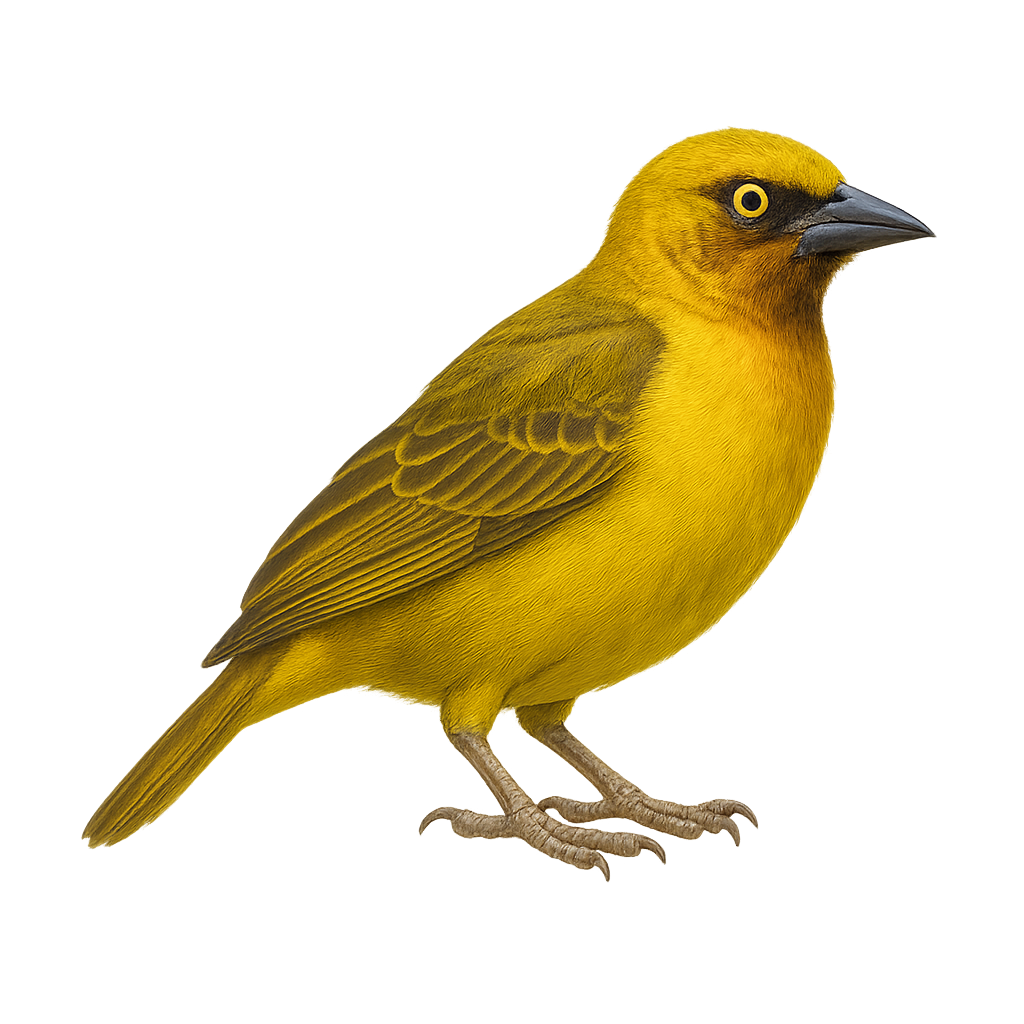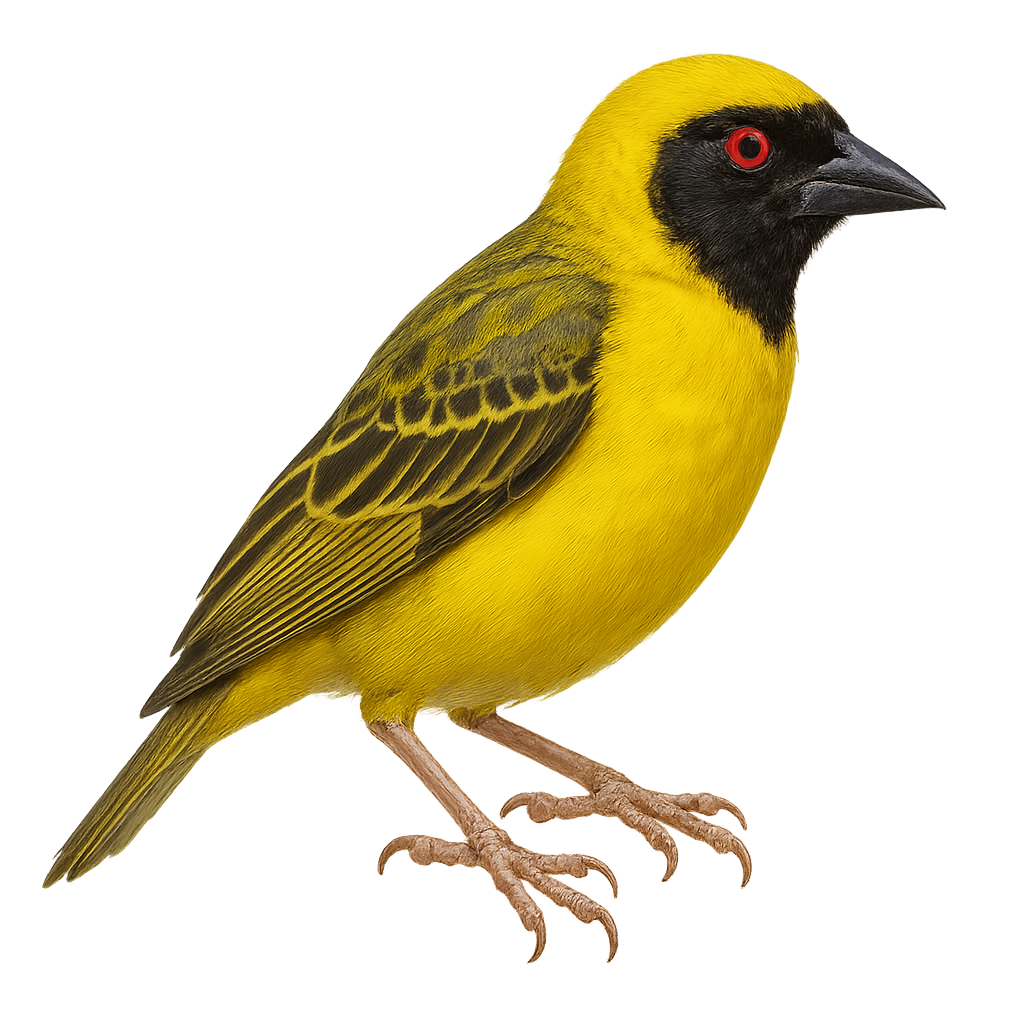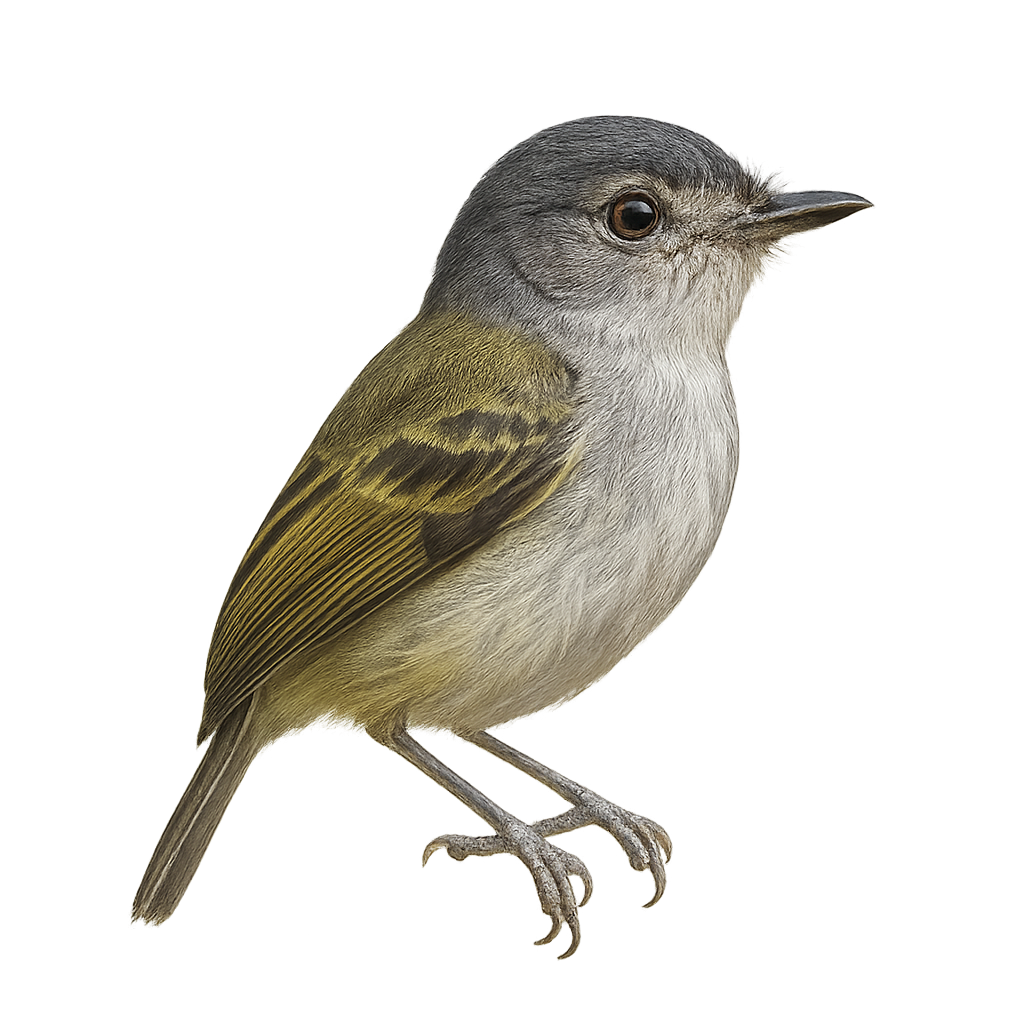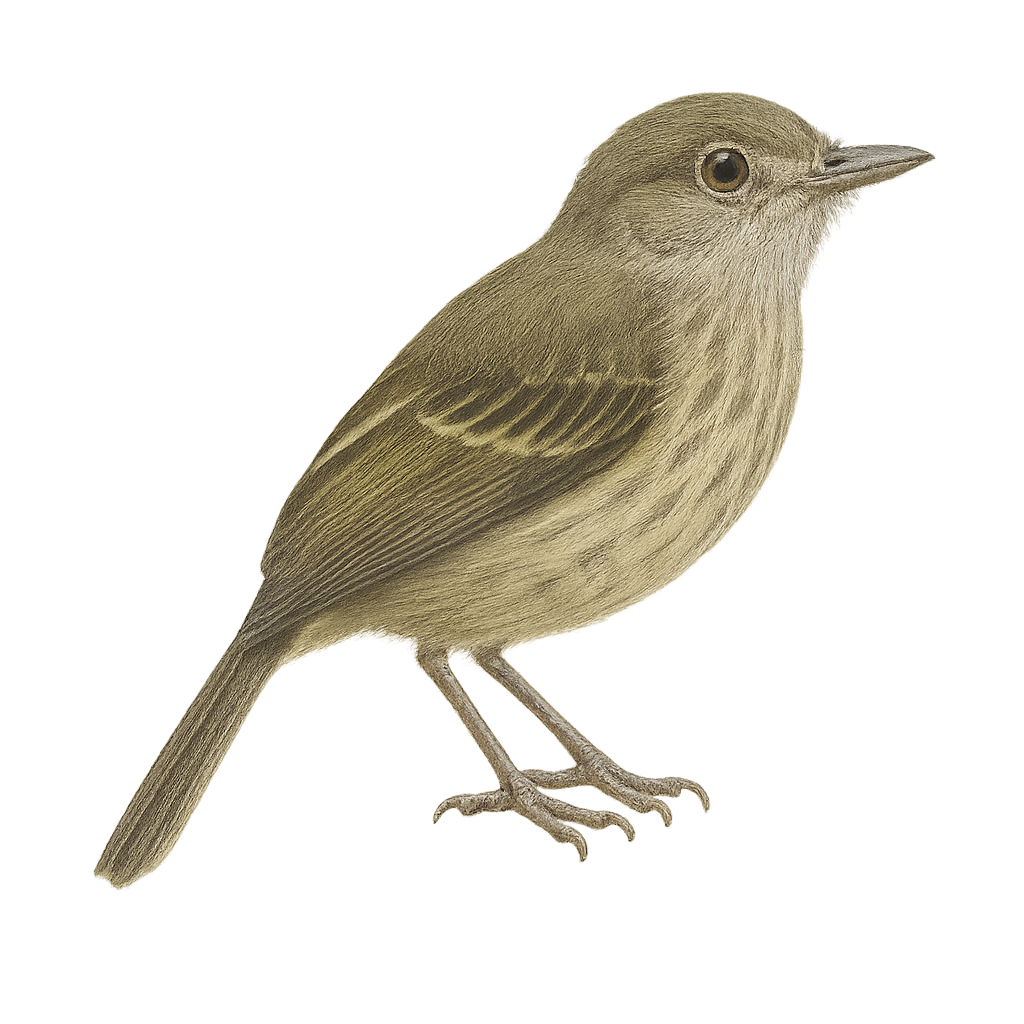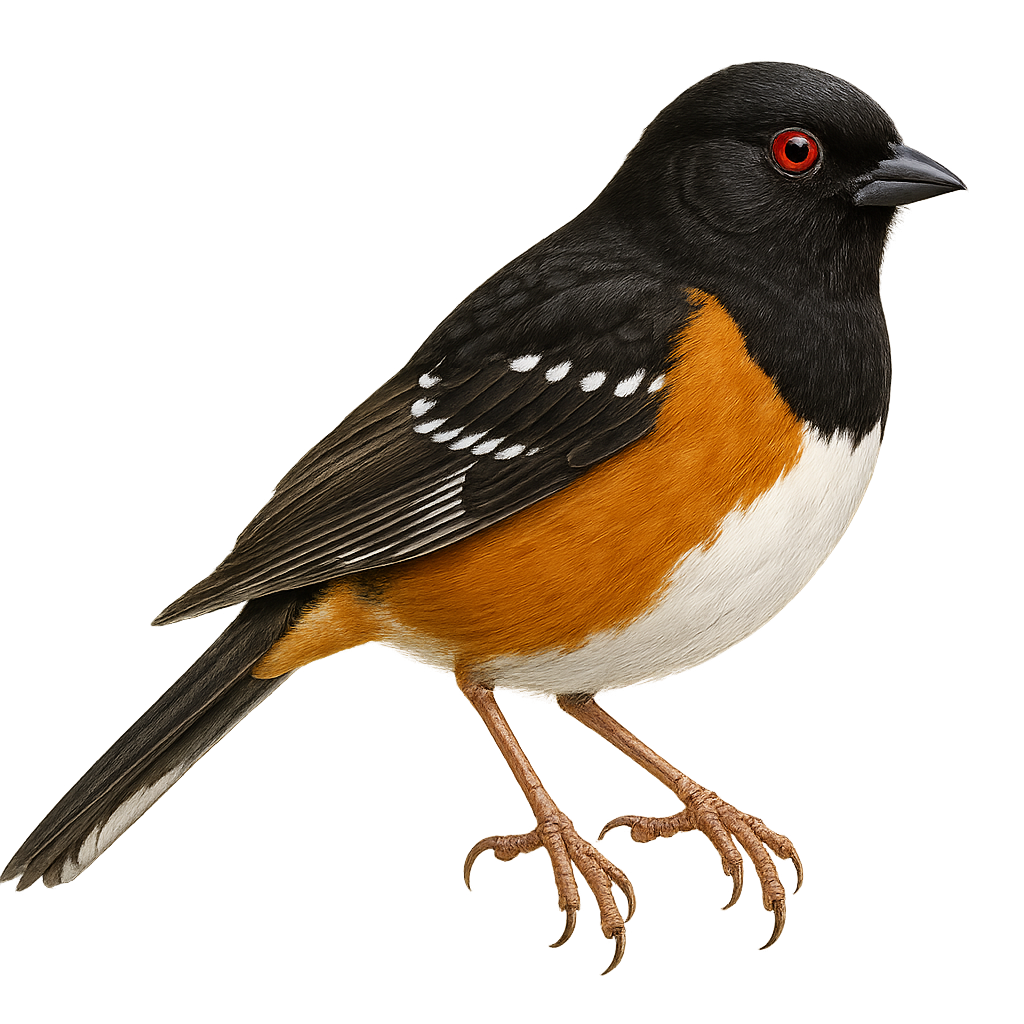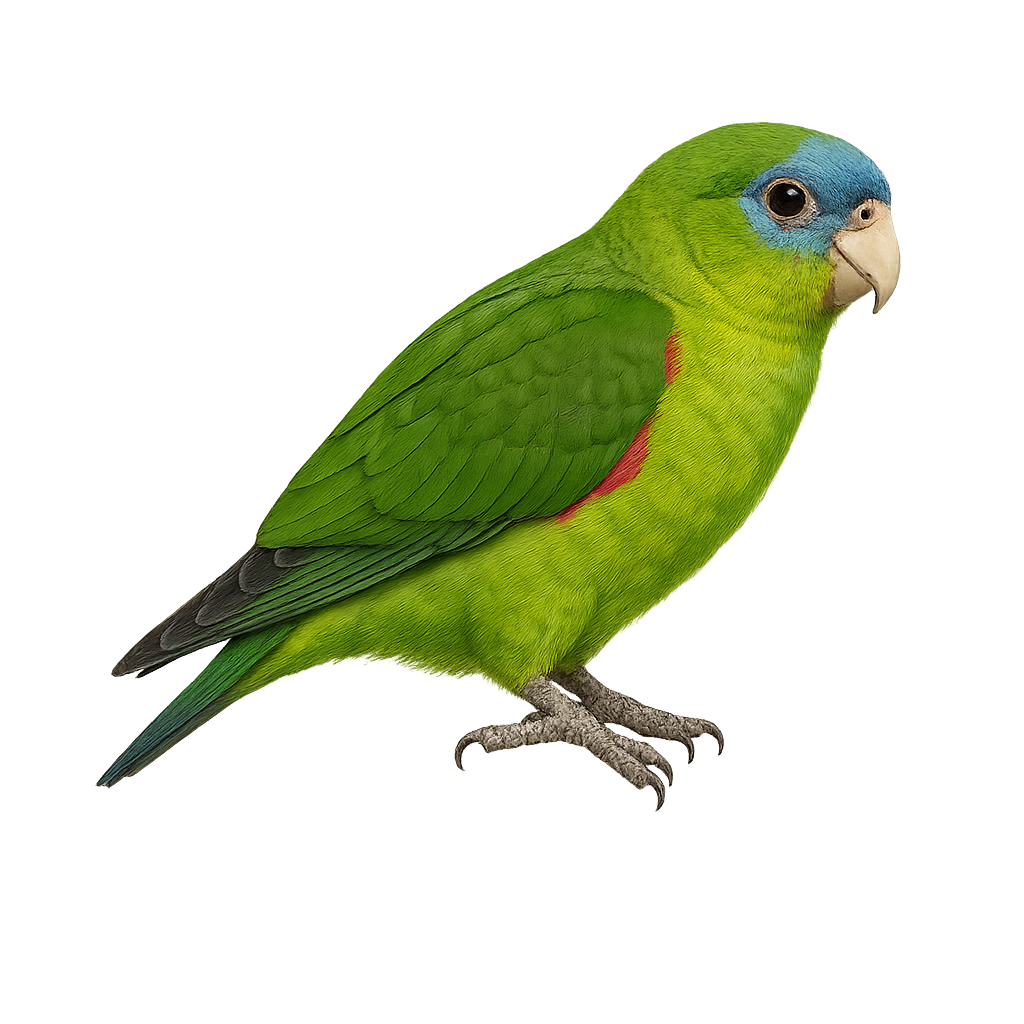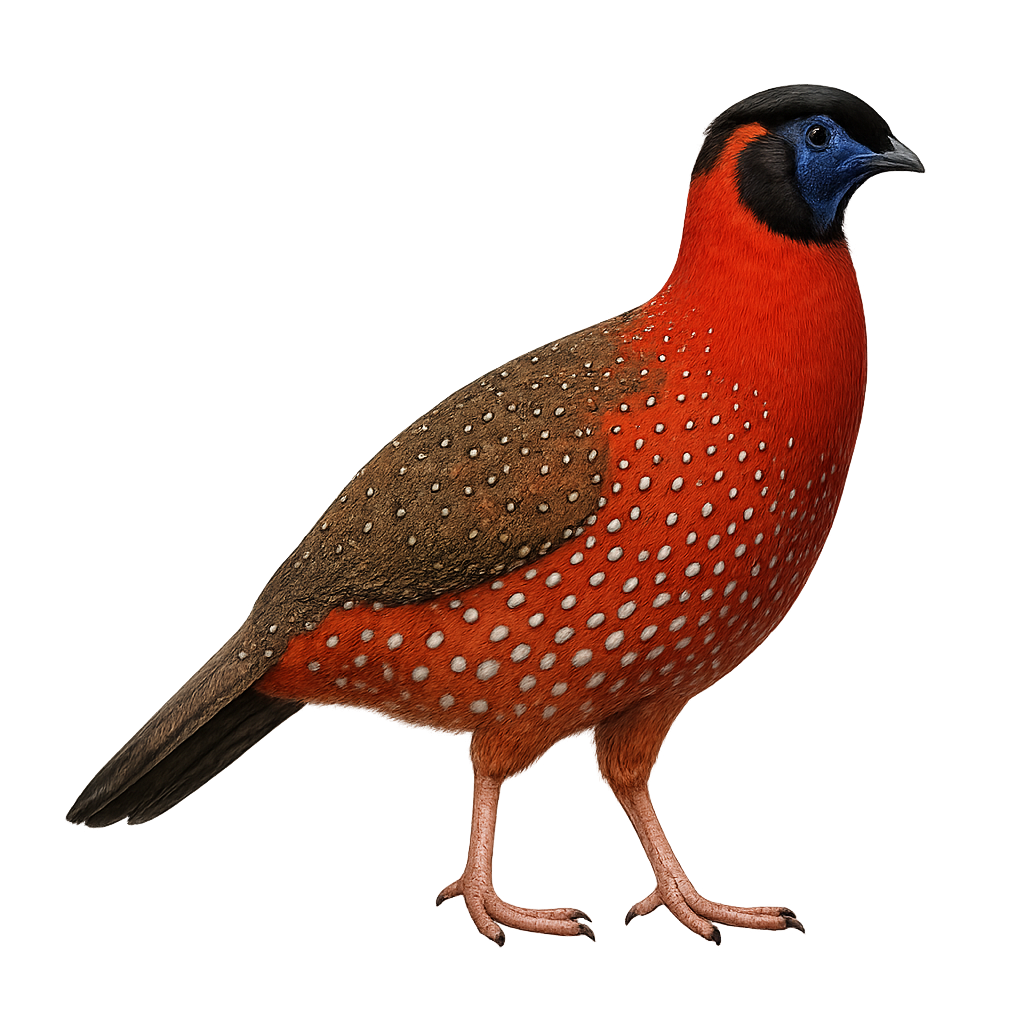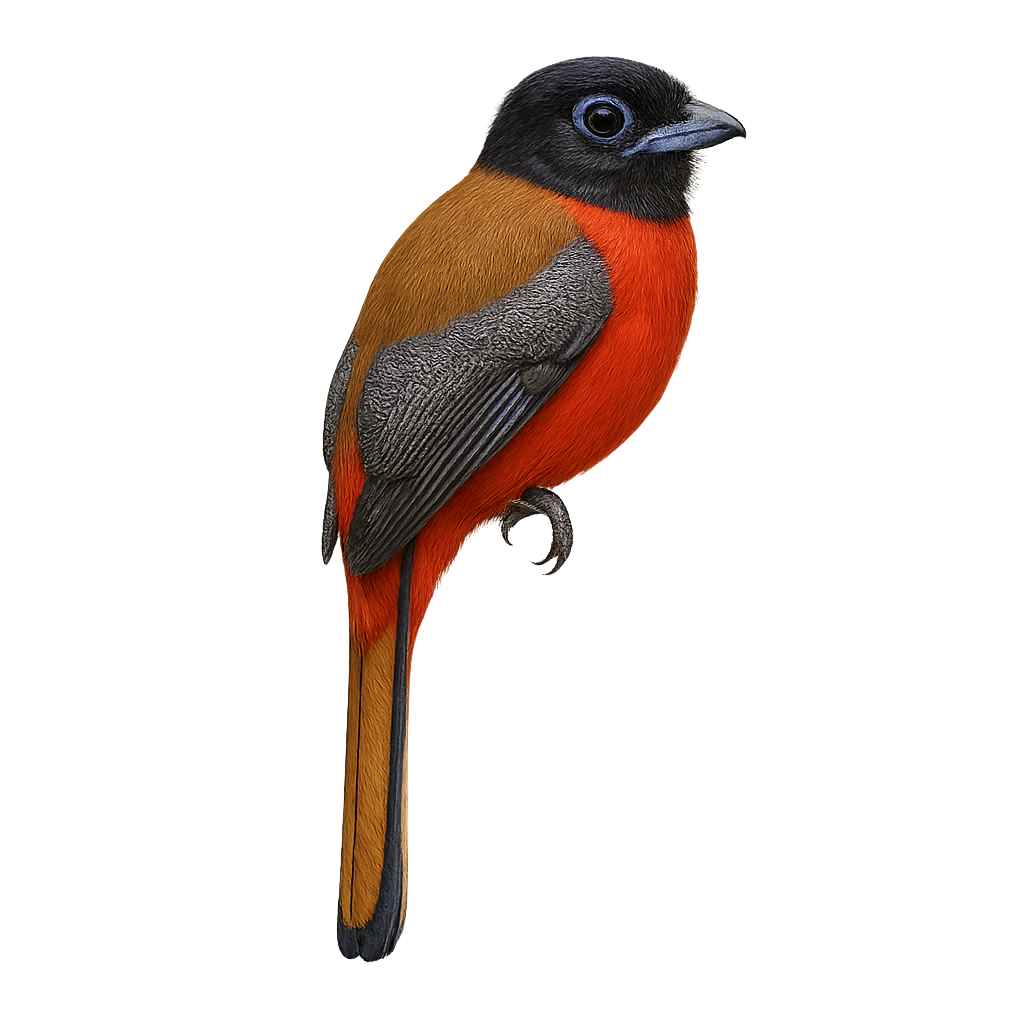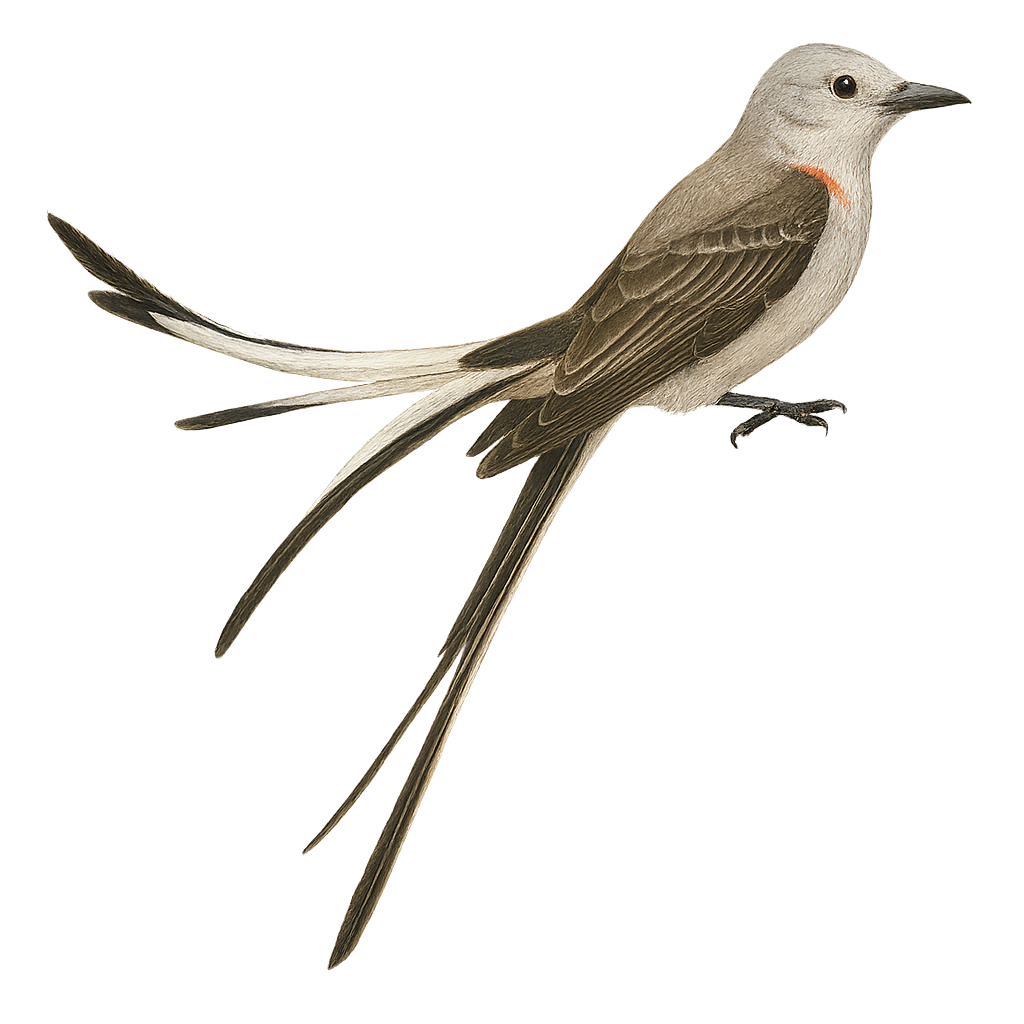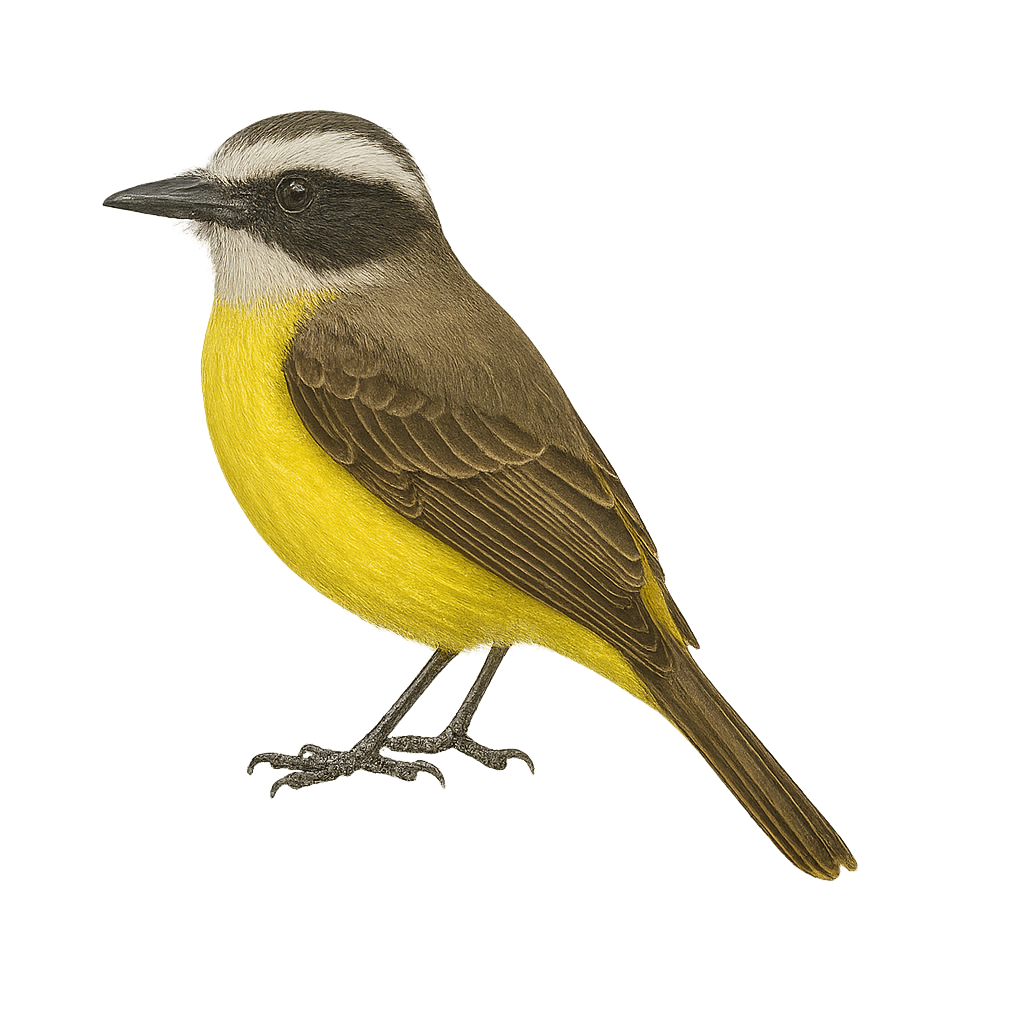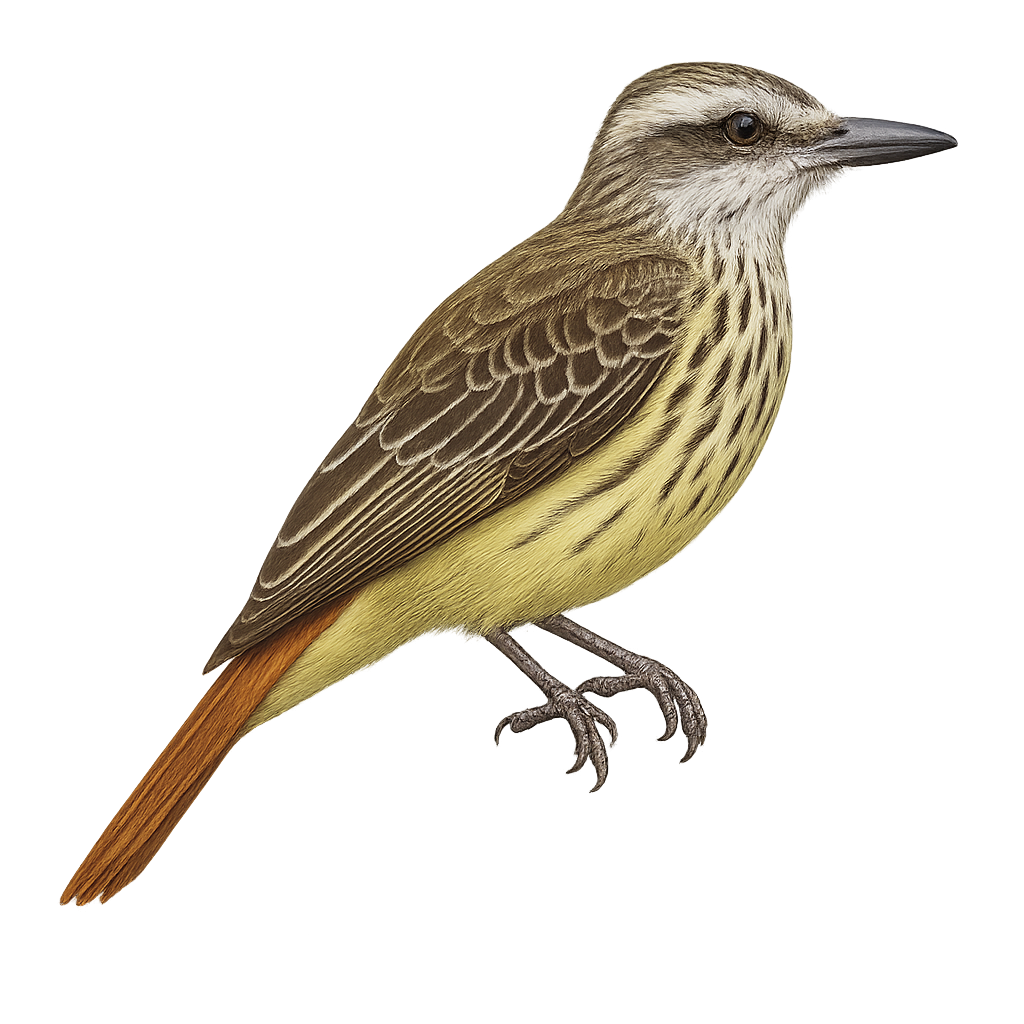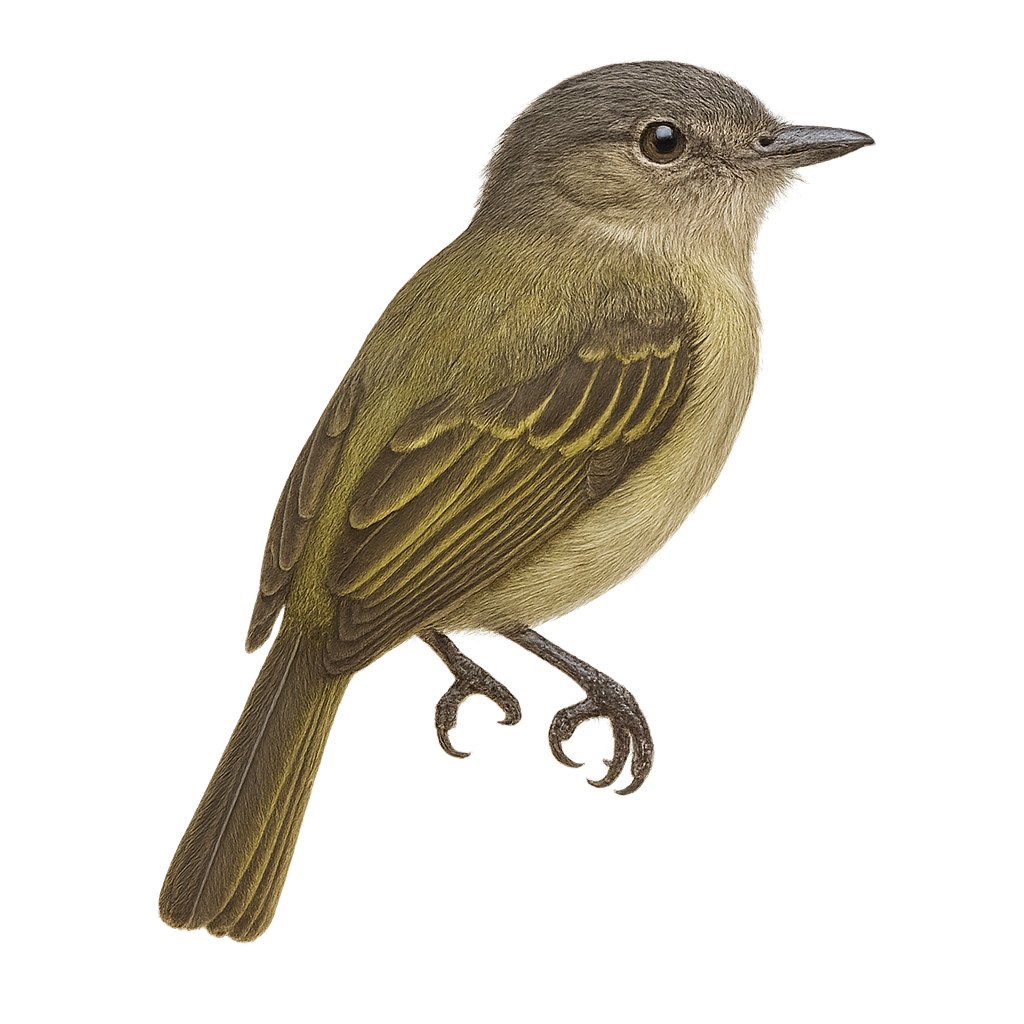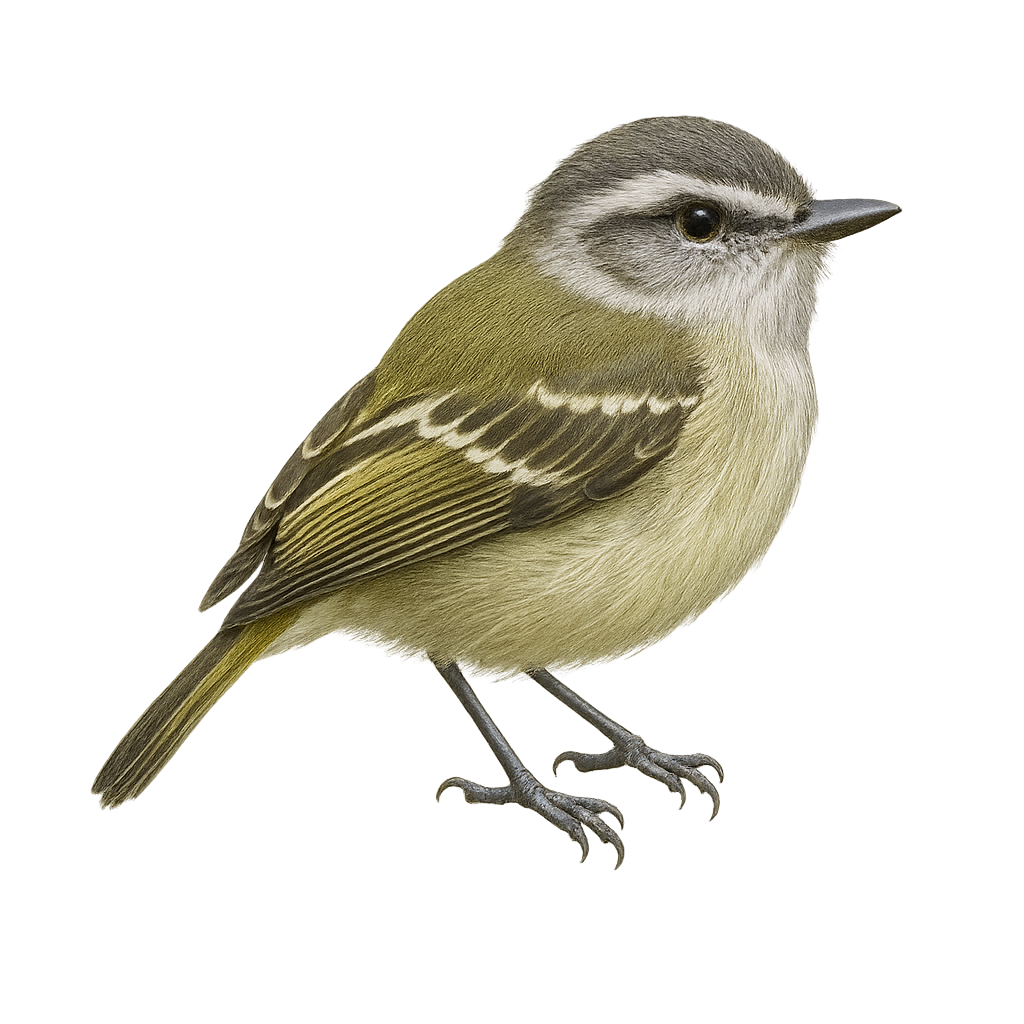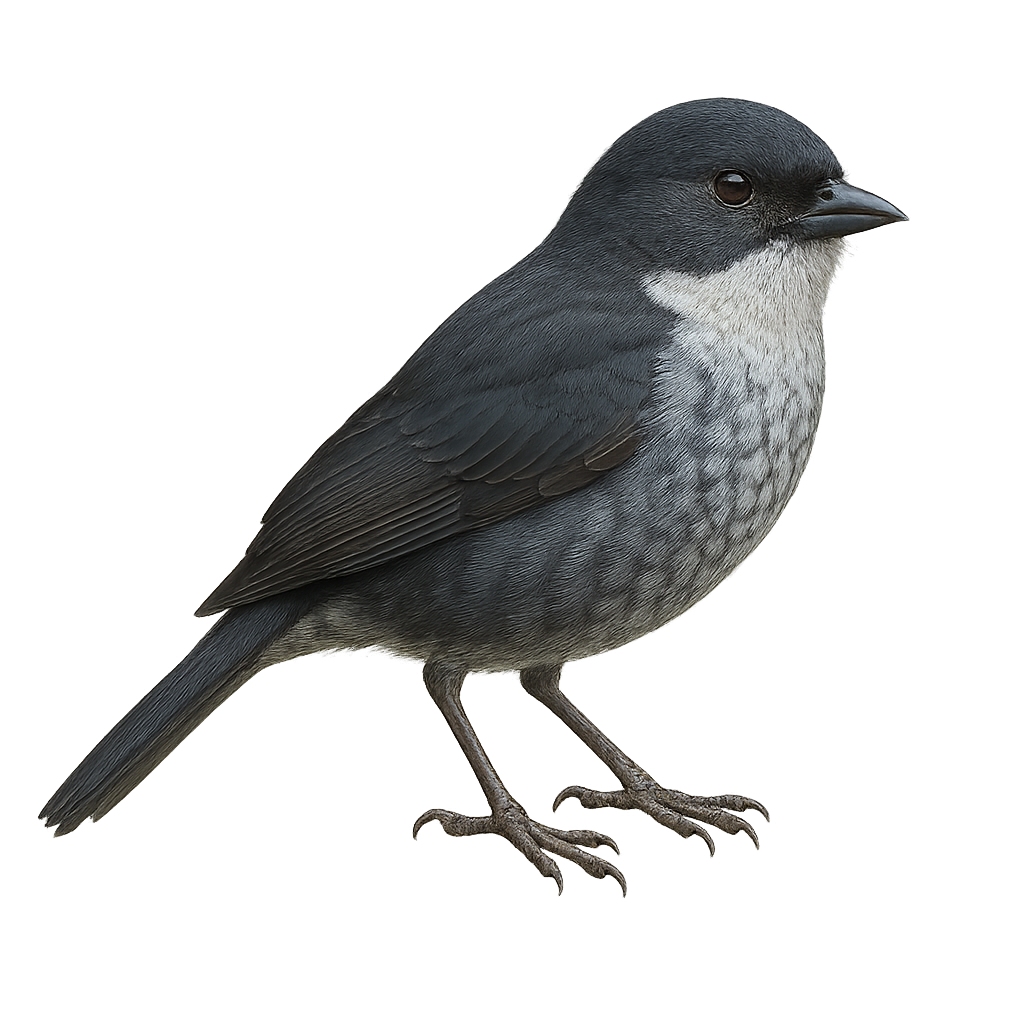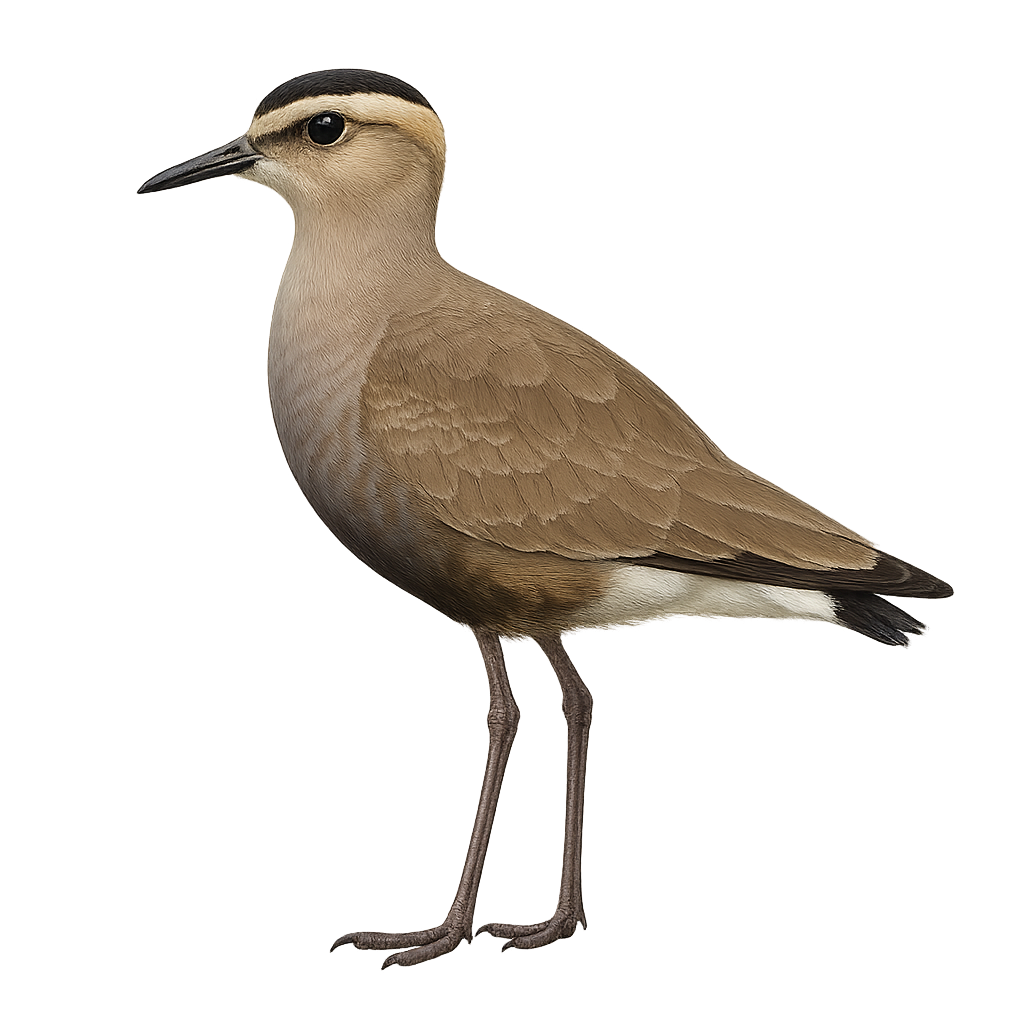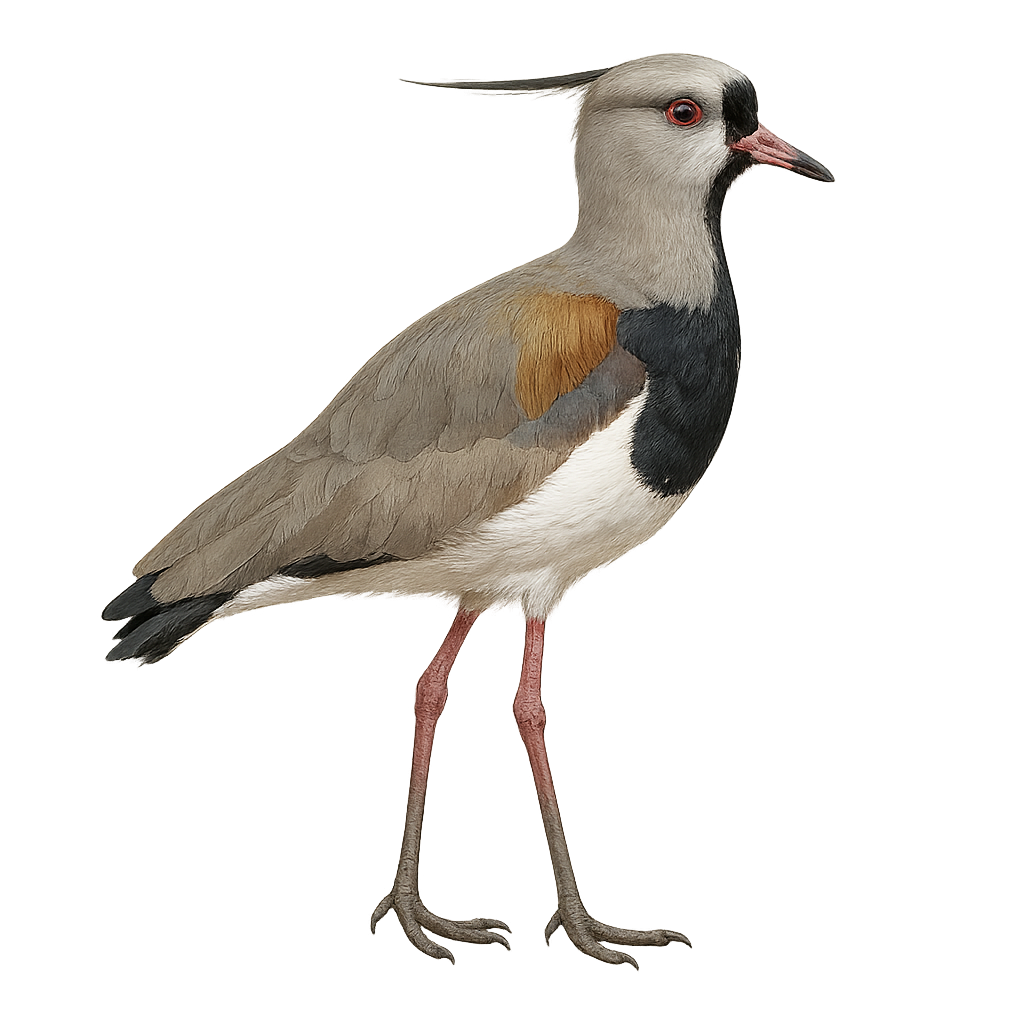The Summer Tanager, or Piranga rubra, is a medium-sized songbird known for its vibrant coloration. Males display bright red plumage, while females and juveniles have yellow to greenish hues. This bird is primarily insectivorous, feeding on wasps and bees, but also consumes fruits. It inhabits open forests, edges, and wooded areas. A migratory species, it spends summers in North America and winters in Central and South America. Its melodious song and distinctive calls make it a favorite among birdwatchers and nature enthusiasts.
The Siberian Grouse, or Falcipennis falcipennis, is a bird from the Phasianidae family, mainly found in the boreal forests of the Russian Far East. This medium-sized bird, measuring about 38 to 45 cm in length, is notable for its dark plumage and subtle patterns that allow it to blend into its surroundings. Males display black feathers with metallic sheens, while females have more brownish plumage. The Siberian Grouse is a sedentary bird, preferring dense coniferous forests where it feeds primarily on buds, leaves, and berries. Although discreet, it is sometimes observed during its spring courtship displays.
The Sage Grouse, known scientifically as Centrocercus urophasianus, is a notable bird of the North American prairies. It is distinguished by its large size and mottled brown, white, and black plumage. Males are particularly striking with their white ruff and yellow air sacs, which they inflate during courtship displays. This species relies heavily on vast sagebrush landscapes for feeding and breeding. Unfortunately, habitat destruction has led to a significant decline in its population. The Sage Grouse is a social bird, often seen in small groups, especially outside the breeding season. Conservation efforts are crucial for its survival.
The Spruce Grouse, or Canachites canadensis, is a discreet forest bird primarily found in the boreal forests of North America. It is well adapted to its environment, with plumage that blends seamlessly into the underbrush. This medium-sized bird, measuring about 38 to 43 cm, is recognizable by its brown and gray plumage, speckled with white patterns. Males display a red patch above the eye, particularly visible during the breeding season. The Spruce Grouse feeds mainly on conifers but can also consume insects and berries. It is known for its discreet behavior and ability to remain still to avoid predators.
The Spectacled Weaver, or Ploceus ocularis, is a medium-sized bird known for its bright yellow plumage and distinctive eye markings resembling spectacles. It primarily inhabits wooded areas and savannas in sub-Saharan Africa. This bird is renowned for its weaving skills, constructing intricate and suspended nests. Males are particularly active during the breeding season, displaying courtship behaviors to attract females. The Spectacled Weaver is a social bird, often seen in small groups. It primarily feeds on insects and seeds, playing a role in its ecosystem's balance.
The Southern Masked Weaver is a medium-sized African bird known for its exceptional nest-building skills. Males display a distinctive black head and bright yellow plumage, while females and juveniles are duller with brownish tones. They primarily inhabit savannas, woodlands, and marshes, feeding on seeds, insects, and nectar. Their song is a mix of chirps and whistles, often heard during the breeding season. Males construct intricate nests to attract females, using grass blades and leaves. These birds are social and live in colonies, making them fascinating to observe.
The Southern Bentbill is a small bird from the Tyrannidae family, primarily found in the tropical rainforests of Central and South America. It is characterized by its olive-green back and yellow belly, along with a short, flattened bill. This passerine is often seen foraging among dense foliage, feeding mainly on insects and spiders. Although discreet, its high-pitched, repetitive song makes it identifiable. It is usually solitary or found in pairs, and its presence is an indicator of healthy forest ecosystems.
The Snethlage's Tody-Tyrant, or Hemitriccus minor, is a small bird belonging to the Tyrannidae family. It is characterized by its modest size, measuring about 9 to 10 cm in length. Its plumage is primarily olive green with lighter shades on the belly. It is mainly found in the humid tropical forests of South America, particularly in Brazil, Bolivia, and Peru. This bird is often seen in dense undergrowth, where it primarily feeds on insects. Although discreet, its high-pitched and repetitive song can be heard from a distance. The Snethlage's Tody-Tyrant is a sedentary bird, and its behavior is generally suspicious, making it difficult to observe.
The Spotted Towhee is a medium-sized bird known for its distinctive plumage. Males have a black back, rufous sides, and a white belly, while females are browner. They are often found in dense underbrush and shrubs, feeding mainly on insects and seeds. Their song is a vibrant trill, often heard in spring. Although generally solitary, they can sometimes be seen in small groups. Their behavior is somewhat suspicious, but they can become more tolerant in areas frequented by humans.
The Scarlet-shouldered Parrotlet is a small, colorful parrot, primarily green with distinctive scarlet shoulders. It inhabits the humid forests of northern South America, particularly in Colombia and Venezuela. This parrot prefers dense canopies where it primarily feeds on fruits, seeds, and flowers. It is often observed in small groups, although it can be difficult to spot due to its plumage blending into the foliage. The Scarlet-shouldered Parrotlet is a discreet bird, with a song that is a mix of soft whistles and chirps. Its population is declining due to deforestation and capture for the pet trade.
The Satyr Tragopan is a fascinating bird native to the mountainous forests of the Himalayas. This medium-sized pheasant is particularly remarkable for its striking plumage. The male displays vibrant colors, with shades of red, orange, and blue, while the female is more subdued with brown and gray tones, allowing her to blend effectively into her surroundings. The Satyr Tragopan is known for its spectacular courtship displays, where the male spreads his feathers and emits loud calls to attract a mate. It primarily feeds on vegetation, seeds, and insects. Although its habitat is threatened by deforestation, it remains relatively common in some areas.
The Scarlet-rumped Trogon, or Harpactes duvaucelii, is a captivating bird found primarily in the tropical forests of Southeast Asia. This bird is recognizable by its striking plumage, with a bright red back and yellow belly. Males and females exhibit differences in coloration, with males displaying more vivid colors. They are often seen perched silently in trees, feeding on fruits and insects. Their flight is swift and direct, although these birds often prefer to move discreetly through dense foliage. Their calls are soft and melodious, adding to the soundscape of the rainforest. Although their habitat is threatened by deforestation, they remain relatively common in some protected areas.
The Scissor-tailed Flycatcher, Tyrannus forficatus, is an elegant and distinctive bird, recognizable by its long forked tail and pale gray plumage contrasting with black wings. It is often seen in open plains and prairies of North America, where it primarily feeds on flying insects. This migratory passerine is known for its spectacular aerial acrobatics while hunting. During the breeding season, the male performs impressive courtship displays to attract the female. The nest is usually built in a tree or shrub, and the female lays three to six eggs. Although its habitat is sometimes threatened by human expansion, the Scissor-tailed Flycatcher remains a relatively common species.
The Myiozetetes similis, commonly known as the Social Flycatcher, is a medium-sized bird with bright yellow underparts and a grayish-brown back. Its head features a distinctive black crown with a white stripe above the eyes. This bird is often found in open areas, near water bodies, or forest edges. Known for its energetic song, it adapts well to various environments, including urban areas. The Social Flycatcher primarily feeds on insects caught in flight but also consumes fruits. It is often seen in pairs or small groups, displaying marked territorial behavior.
The Sulphur-bellied Flycatcher is a medium-sized bird known for its bright yellow belly and brownish wings. It primarily inhabits open forests and wooded areas in Central America and the southwestern United States. This bird is often seen perched on branches, from which it launches to catch flying insects. Its call is a distinctive whistle that echoes through its natural habitat. A migratory species, it winters in South America. The Sulphur-bellied Flycatcher is a solitary bird outside the breeding season, during which it becomes more territorial. Its ability to adapt to various habitats allows it to maintain a stable population despite environmental changes.
The Slender-footed Tyrannulet is a small bird from the Tyrannidae family, primarily found in the humid tropical forests of South America. It is characterized by its modest size, olive-green plumage, and slender legs. Its song is a soft, repetitive trill, often heard before the bird is seen. It feeds mainly on insects, capturing them in flight or by foraging through foliage. This tyrannulet is typically solitary or seen in small family groups. It plays a crucial role in the ecosystem by controlling insect populations. Although its habitat is threatened by deforestation, it is currently listed as a species of least concern by the IUCN.
The Streaked-winged Tyrannulet is a small bird from the Tyrannidae family, commonly found in the humid montane forests of South America. It is characterized by its streaked wings and olive-green plumage. Its modest size and discreet behavior make it sometimes difficult to spot. It primarily feeds on insects, which it catches in flight or by foraging through foliage. Its song is a soft, repetitive trill, often heard before the bird is seen. It is usually solitary or found in small groups and can be observed at altitudes ranging from 1500 to 3000 meters.
The Southern Scrub-Flycatcher, or Sublegatus modestus, is a small passerine bird in the Tyrannidae family. It is primarily found in wooded areas and savannas of South America, particularly in Brazil, Bolivia, and Paraguay. Its plumage is generally dull, with shades of brown and gray, allowing it to blend easily into its surroundings. This small bird is often seen alone or in pairs, feeding on insects it catches in flight. Although discreet, its song is an effective way to spot it. The Southern Scrub-Flycatcher is a diurnal bird, active mainly during the day. It is considered not very shy, making it easier for birdwatchers to observe.
The Stolzmann's Tanager is a medium-sized bird, measuring about 15 cm in length. It features predominantly black plumage with bluish sheen and a distinctive white cap. This bird is endemic to the Andes, mainly in Colombia and Ecuador, where it inhabits cloud forests and high-altitude shrublands. It is often seen in small groups, feeding on insects and fruits. Although its habitat is relatively restricted, it is not considered threatened. However, deforestation poses a potential threat to its populations. The Stolzmann's Tanager is an active and vocal bird, often detected by its melodious song and distinctive calls.
The Sociable Lapwing, Vanellus gregarius, is a medium-sized migratory bird belonging to the Charadriidae family. It is distinguished by its elegant plumage, with a brown back, white belly, and a head adorned with black and white patterns. The wings are long and pointed, adapted for its long migratory flights. This bird primarily inhabits steppes and open grasslands, where it feeds on insects, seeds, and small invertebrates. Unfortunately, the Sociable Lapwing is critically endangered, mainly due to habitat loss and hunting. Conservation efforts are essential to ensure the survival of this unique and fascinating species.
The Southern Lapwing, or Vanellus chilensis, is a striking bird from the Charadriidae family, easily identified by its grey and white plumage, black wings, and distinctive call. It is commonly found in open grasslands, wetlands, and agricultural fields across South America. This bird is notably territorial, often defending its space against intruders, including humans. It primarily feeds on insects, worms, and small invertebrates by pecking at the ground. The Southern Lapwing is also known for its distraction displays, feigning injury to lure predators away from its nest.


